OT - other interesting plants in the garden
jacqueline9CA
8 years ago
Featured Answer
Sort by:Oldest
Comments (20)
mariannese
8 years agoUser
8 years agoRelated Discussions
WANTED: agaves/succulents for other garden plants
Comments (3)I have an agave parryi truncata and an agave lopantha pup I would trade you. I am in zone 9 and would be interested in shade plants (hosta,lenton rose etc.), ground cover plants (sun or shade), and I'm always interested in bulbs and lilies....See MoreOne Daylily - OT other plants
Comments (11)Thanks all. Okay, let's see if I can finish the pics. Too hot and humid outside. Front and side garden beds. I thought I loaded ones of the back gardens but can't find them. Side garden bed by rock wall. I noticed that my trellis for the clematis MultiBlue is leaning. I guess all those wind storms took a toll on it. These were taken over past couple of weeks. We've started working on replacing our rear yard area fencing. Slow going since the weather hasn't been cooperating and we have to hand dig each hole for the new posts. Well, I should say "my husband is hand digging each hole". ;-). Julia...See MoreInteresting RHS study re plants for pollinators in gardens
Comments (4)Thank you for this, Woody. We have an interesting set of variables in the UK - although we are an island, we have been enthusiastically importing plants for 500 years - I was at my local botanics the other day, lurking round the 'chronological' beds and was startled to see the history of plant arrivals laid out so clearly - but then, as a maritime nation with imperial ambition, not so surprising. We also suffered late glaciation in the last ice-age which severely limited native diversity, certainly from mainland europe, so we basically squeezed a fraction of geological time into a few centuries of avid collecting...and finally, the gulf stream has blessed us with a mild and temperate nation - although we are somewhere on the same latitude as Moscow or southern Scandinavia (z5), the oceanic currents have lifted us into a forgiving z8. We are also very small (but crowded, with only 1/40 as much landmass as the US. Consequently, while the debate regarding natives, invasives and ecological diversity has been elevated in the US, native plants have never really gained much traction here - not least because of the general paucity of garden-worthy contenders...so we are coming at this issue with entirely different assumptions and expectations...for which |I am glad since, although I lack formal scientific training, I do have eyes to see which are telling me that life is both tenacious and adaptable. Not having the vast and empty land masses in the UK, we have never really taken the issues of invasive plants to heart, apart from a small number of obvious contenders, most of them aquatic - Flora and I have often commented on the continental differences here and in the US - so we are coming at this question purely in terms of pollinators. An example which chimes with my personal experience: I garden in the one tiny part of the UK which still hosts the swallowtail butterfly - for one reason or another, this butterfly has gone down an evolutionary dead-end of depending on one difficult and elusive food plant...which also only grows in this area of undisturbed waterways...and as such, they are rarer than hen's teeth - I have seen only one (this June) in my entire life...and yet, the continental swallowtail has a much wider range of caterpillar food plants (although still in the apiaceae family) and, as climate changes are afoot, we are seeing odd sightings of this warmer-blooded butterfly cousin...and so butterfly conservationists are quickly planting up more umbels since if the 2 species have a chance to meet, to breed or even, in extremis, our butterfly may be forced to adapt - LIFE WILL FIND A WAY. And not only do I enthusiastically grow fennel (one of the continental's favourite foods) I am also growing milkweed because you never know. Conversely, in order to deal with one of our more troubling invasives, Japanese knotweed, plans have been afoot to bring in a particular variety of Japanese beetle which predates on this plant...and we are assured that as soon as the knotweed plants are completely eaten, the beetle will also die out. I am not reassured...although this is not THE japanese beetle of wanton wholesale plant destruction (we are told) I cannot help being sceptical that these 'biological controls' are simply going to lie down and vanish. Life is also tenacious....See MoreInteresting plants in my garden today
Comments (21)The H spicata is native to my land. I not sure about its ID. It is not the "normal more common H spicata. It is either H spicata var arizonic or the H . nitida , which I doubt because of it extreme rareness. There are only 30 known populations . The H. spicata var arizonica is also rare. It has come up 3 times on my land in three different places. then it disappears. None of the ones that came up have made a re appearance. IT takes 20 years from seed to bloom. I don't know how it grows or what it does during their long periods of dormancy. The Monarda punctata is native to Texas somewhere. I think it likes any soil. I found the seed pods on a plant in the sandy wash of Tent Rocks canyon in New Mexico. It is a relative of our Monarda citriodora, horse mint, bee plant. It is an easy annual to grow . I only found the first one three years ago. So I am on the look out for it now. I have found it on the northeast facing bank of my arroyo, on the lower shady oak/cedar moist leaf littered areas...See Morenikthegreek
8 years agofig_insanity Z7b E TN
8 years agolast modified: 8 years agoMelissa Northern Italy zone 8
8 years agolast modified: 8 years agoUser
8 years agoMelissa Northern Italy zone 8
8 years agoingrid_vc so. CA zone 9
8 years agonikthegreek
8 years agojacqueline9CA
8 years agoAlana8aSC
8 years agobluegirl_gw
8 years agoJasminerose, California, USDA 9b/Sunset 18
8 years agobluegirl_gw
8 years agoJasminerose, California, USDA 9b/Sunset 18
8 years agolast modified: 8 years agoSheila z8a Rogue Valley OR
8 years agoAlana8aSC
8 years agoJasminerose, California, USDA 9b/Sunset 18
8 years agolast modified: 8 years agoSheila z8a Rogue Valley OR
8 years ago
Related Stories
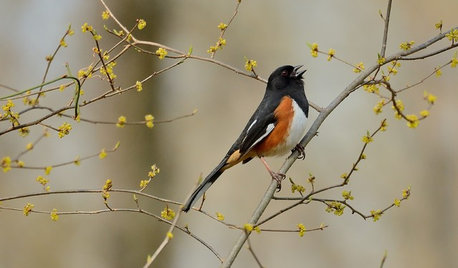
GARDENING GUIDESGreat Design Plant: Lindera Benzoin Offers 3-Season Interest
Support wildlife and enjoy the aromatic leaves of this U.S. native also known as spicebush, Benjamin bush and spicewood
Full Story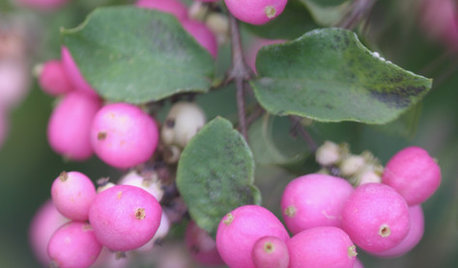
LANDSCAPE DESIGN5 Berry-licious Shrubs to Plant Now for Winter Interest
Showy color during snow season? You bet. These shrubs will wake up a garden with colorful berries when other plants are asleep
Full Story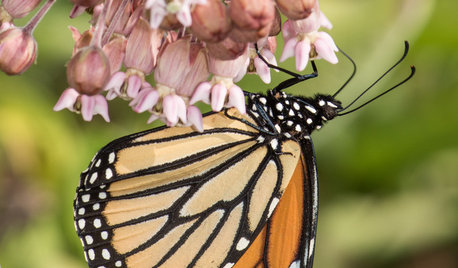
FLOWERS AND PLANTSHelp Monarchs and Other Butterflies by Planting Common Milkweed
Summer-blooming Asclepias syriaca is an important larval host plant for the monarch butterfly and attracts a number of pollinating insects
Full Story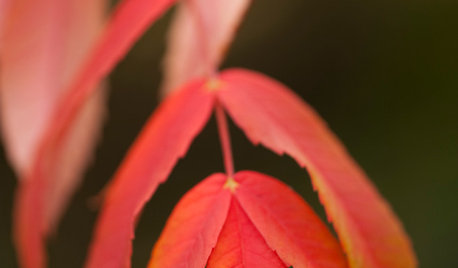
GARDENING GUIDESGreat Design Plant: Rhus Glabra
Smooth sumac provides powerful jolts of fall color and persistent fruit clusters that add interest through the winter
Full Story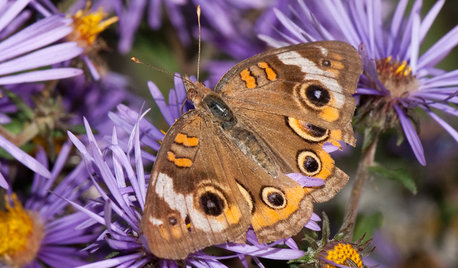
FALL GARDENINGGreat Design Plant: Symphyotrichum Novae-Angliae Ushers in Fall
With bold purple flowers easily accessible to pollinators, New England aster offers loads of interest in the autumn garden
Full Story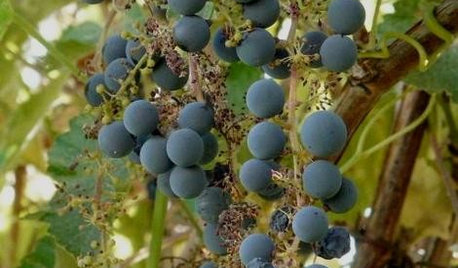
GARDENING GUIDESGreat Design Plant: Try California Wild Grape for Interest All Year
Sure, it’s stunning in fall. But the spring buds, summer grapes and gnarled winter vines are gorgeous too
Full Story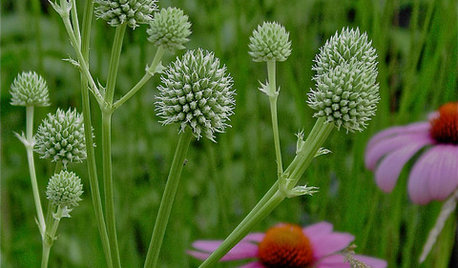
GARDENING GUIDESGreat Native Plant: Rattlesnake Master for Unique Interest
Serpents actually don’t give a hoot about this prairie wildflower, but insects do — and the foliage is a big draw too
Full Story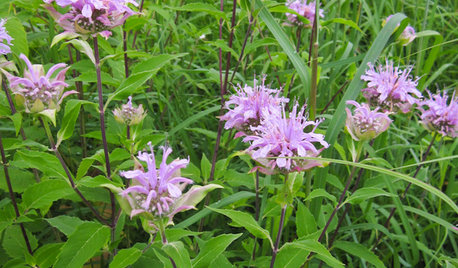
NATIVE PLANTSGreat Design Plant: Wild Bergamot, Friend of Foragers
Nourish butterflies and other winged creatures with the tubular flowers of Monarda fistulosa, a pretty pink native
Full Story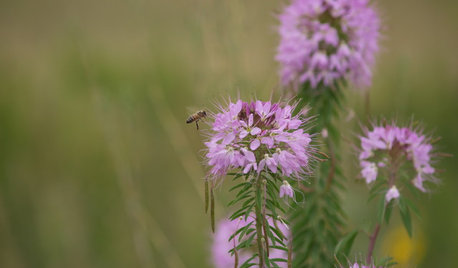
GARDENING GUIDESGreat Design Plant: Cleome Serrulata
Beckon bees and other pollinators in for a drink of nectar from this western U.S. native’s late-summer flowers
Full Story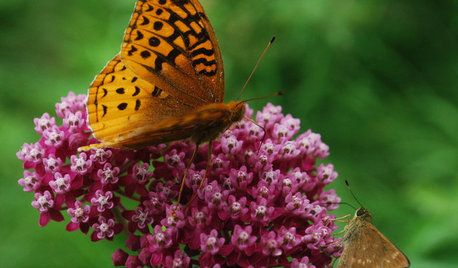
GARDENING GUIDESGreat Design Plant: Asclepias Incarnata for a Butterfly Garden
Beautiful swamp milkweed makes it easy to help monarchs and other pollinators in eastern U.S. gardens
Full StorySponsored
Central Ohio's Trusted Home Remodeler Specializing in Kitchens & Baths




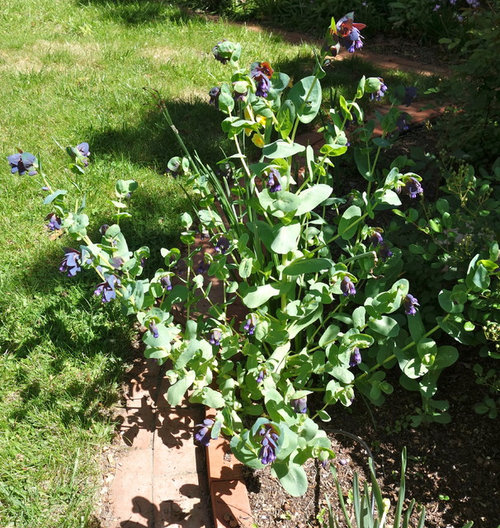
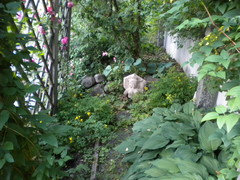


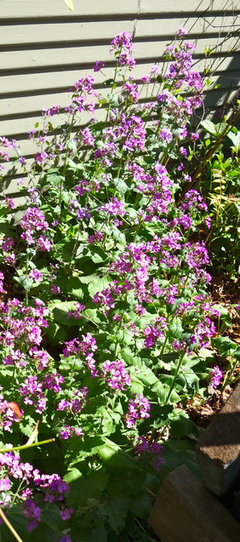
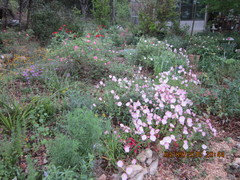



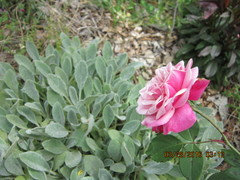

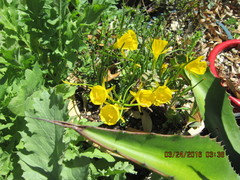
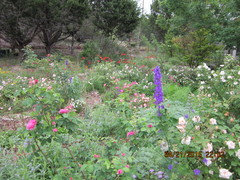


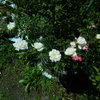


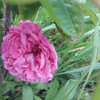
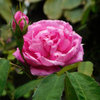
Alana8aSC